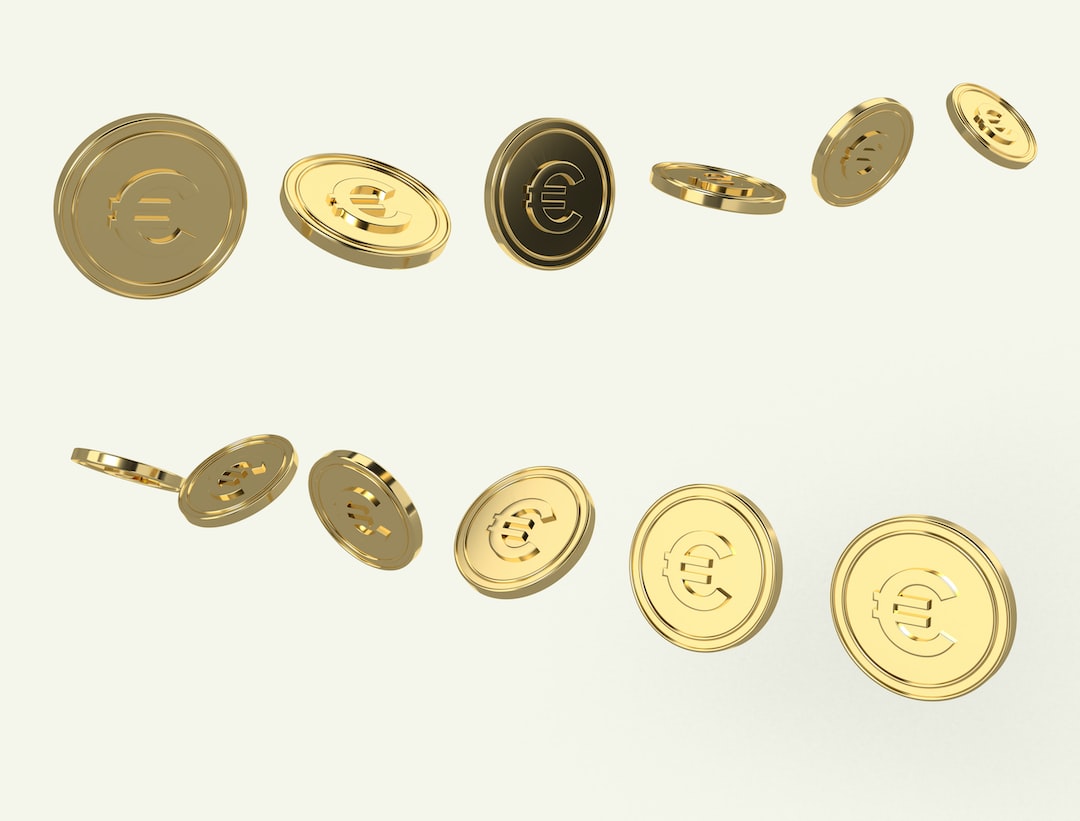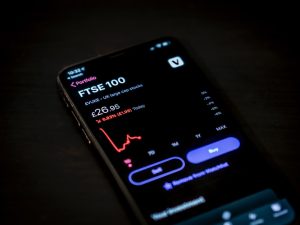The foreign exchange market, commonly known as forex, is the largest and most liquid financial market in the world. With a daily trading volume of over $6 trillion, it offers countless opportunities for traders to profit. However, navigating the forex market can be a risky endeavor, as prices can fluctuate rapidly and unpredictably. This is where forex risk management charts come into play. These charts play a vital role in developing a successful trading strategy by helping traders manage risk effectively.
Forex risk management charts, also known as risk/reward charts or trade management charts, provide traders with a visual representation of their potential risk and reward for a given trade. By using these charts, traders can assess the potential profitability of a trade and determine whether it is worth taking or not.
One of the primary advantages of using risk management charts is that they allow traders to set realistic profit targets and stop-loss levels. Profit targets are predetermined levels at which traders aim to close their positions to take profits, while stop-loss levels are predetermined levels at which traders aim to close their positions to limit their losses. By visually plotting these levels on a chart, traders can easily see their potential risk and reward for a trade.
For example, let’s say a trader wants to buy a currency pair at 1.2000 with a profit target of 1.2200 and a stop-loss level of 1.1950. By plotting these levels on a risk management chart, the trader can see that the potential reward for the trade is 200 pips (1.2200 – 1.2000), while the potential risk is 50 pips (1.2000 – 1.1950). This means that the potential reward-to-risk ratio for the trade is 4:1 (200 pips / 50 pips), which is considered favorable by many traders.
Another advantage of using risk management charts is that they help traders visualize their risk exposure in terms of percentage of their trading capital. By calculating the distance between the entry price and the stop-loss level, traders can determine the potential loss in pips and then convert it into a percentage of their trading capital.
For instance, if a trader’s trading capital is $10,000 and the potential loss for a trade is 50 pips, they can calculate that the potential loss would be $500 (50 pips * $10 per pip). By dividing this potential loss by their trading capital and multiplying by 100, the trader can determine that the potential loss is 5% of their trading capital ($500 / $10,000 * 100). This allows traders to assess whether the potential loss is within their risk tolerance or if it exceeds it.
In addition to profit targets and stop-loss levels, risk management charts also help traders identify key support and resistance levels. Support levels are levels at which buying pressure is expected to outweigh selling pressure, causing prices to bounce back up. Resistance levels, on the other hand, are levels at which selling pressure is expected to outweigh buying pressure, causing prices to bounce back down.
By identifying these levels on a risk management chart, traders can set their profit targets and stop-loss levels accordingly. For example, if a trader identifies a strong resistance level near their entry price, they may set a profit target just below that level to take profits before prices potentially reverse. Similarly, if a trader identifies a strong support level near their stop-loss level, they may set their stop-loss level just below that level to limit potential losses before prices potentially bounce back up.
In conclusion, forex risk management charts play a crucial role in developing a successful trading strategy. By providing a visual representation of potential risk and reward, these charts help traders set realistic profit targets and stop-loss levels. They also enable traders to assess their risk exposure in terms of percentage of their trading capital and identify key support and resistance levels. By incorporating risk management charts into their trading routine, forex traders can effectively manage risk and increase their chances of success in the volatile forex market.





